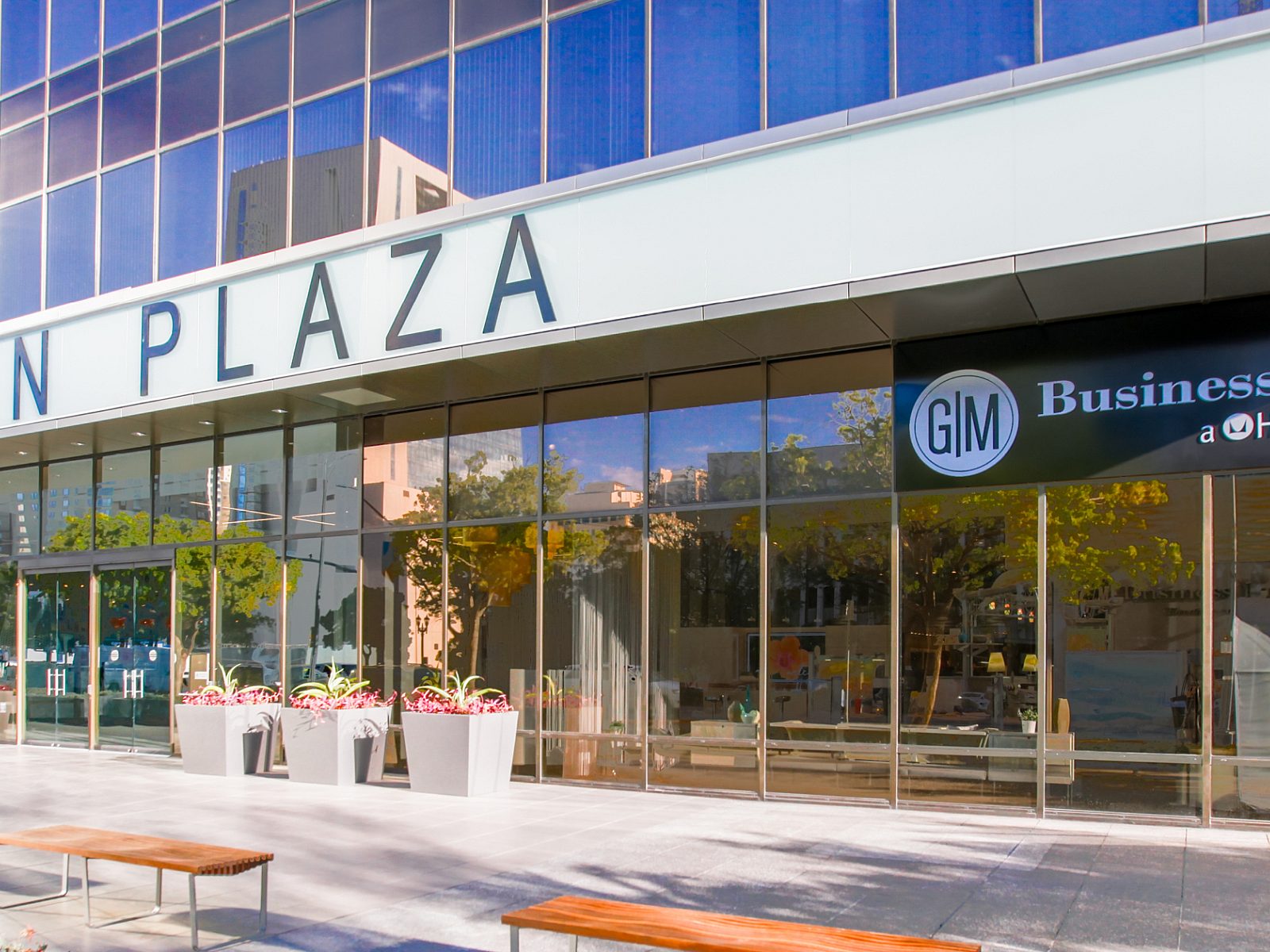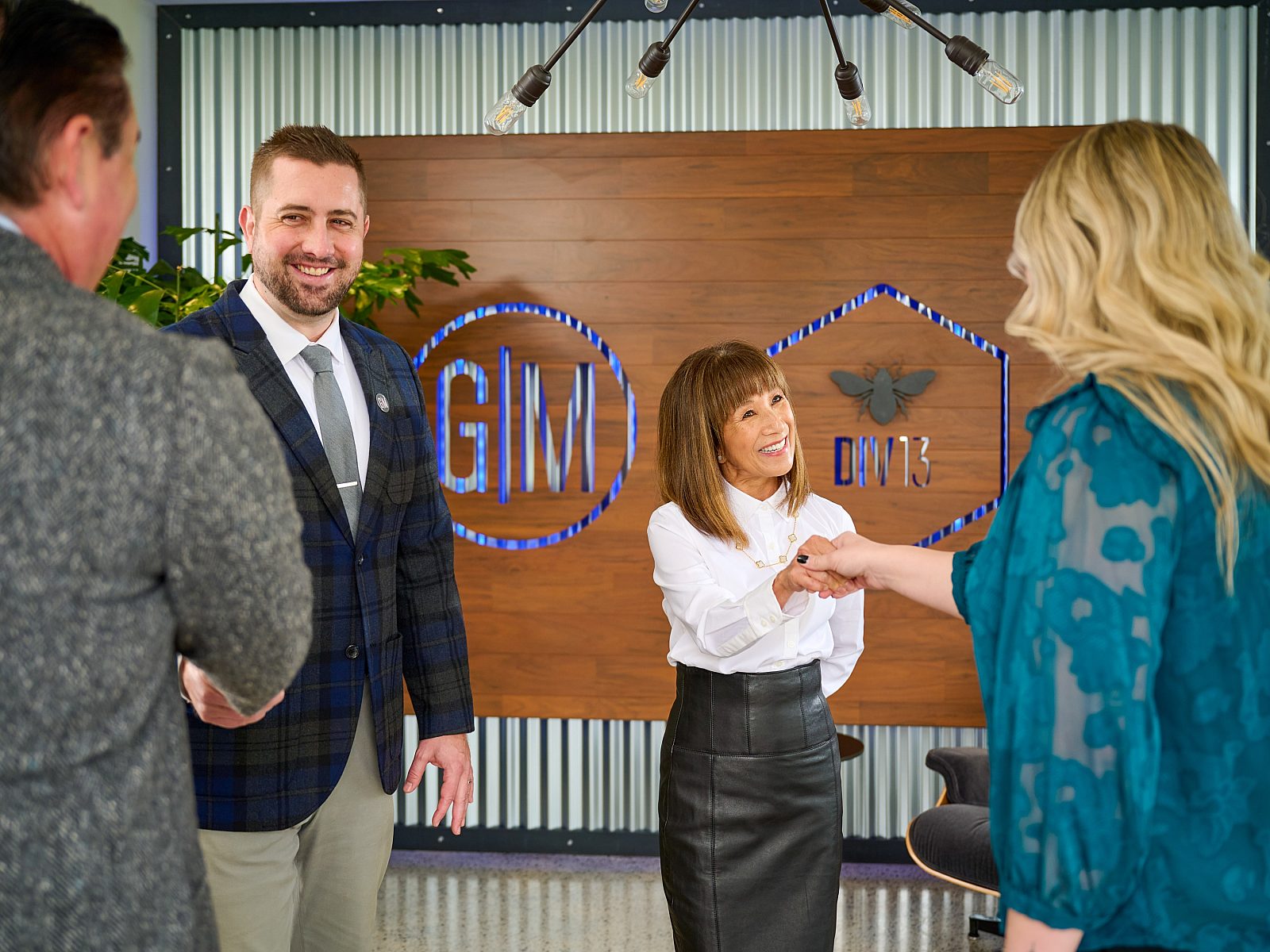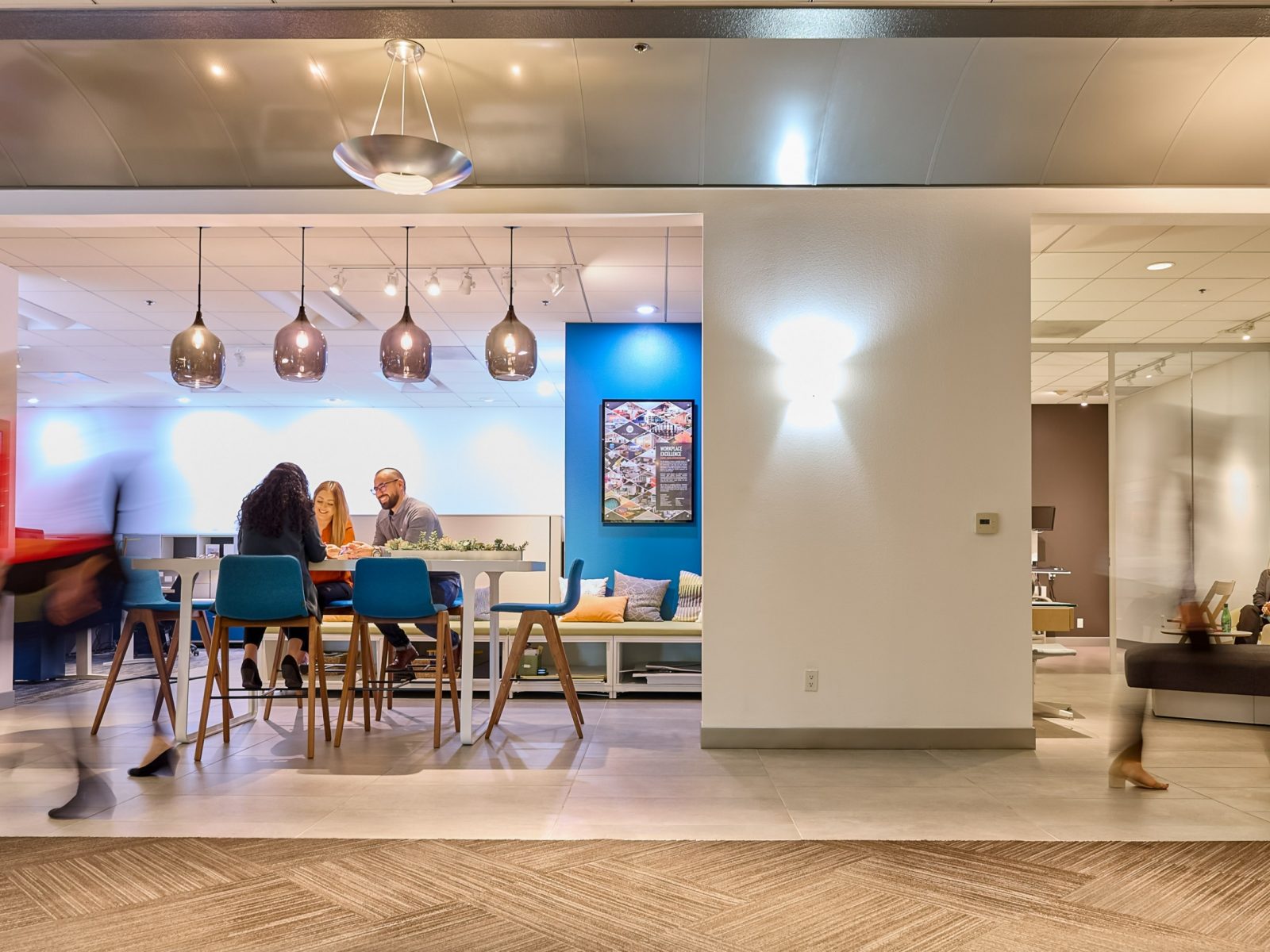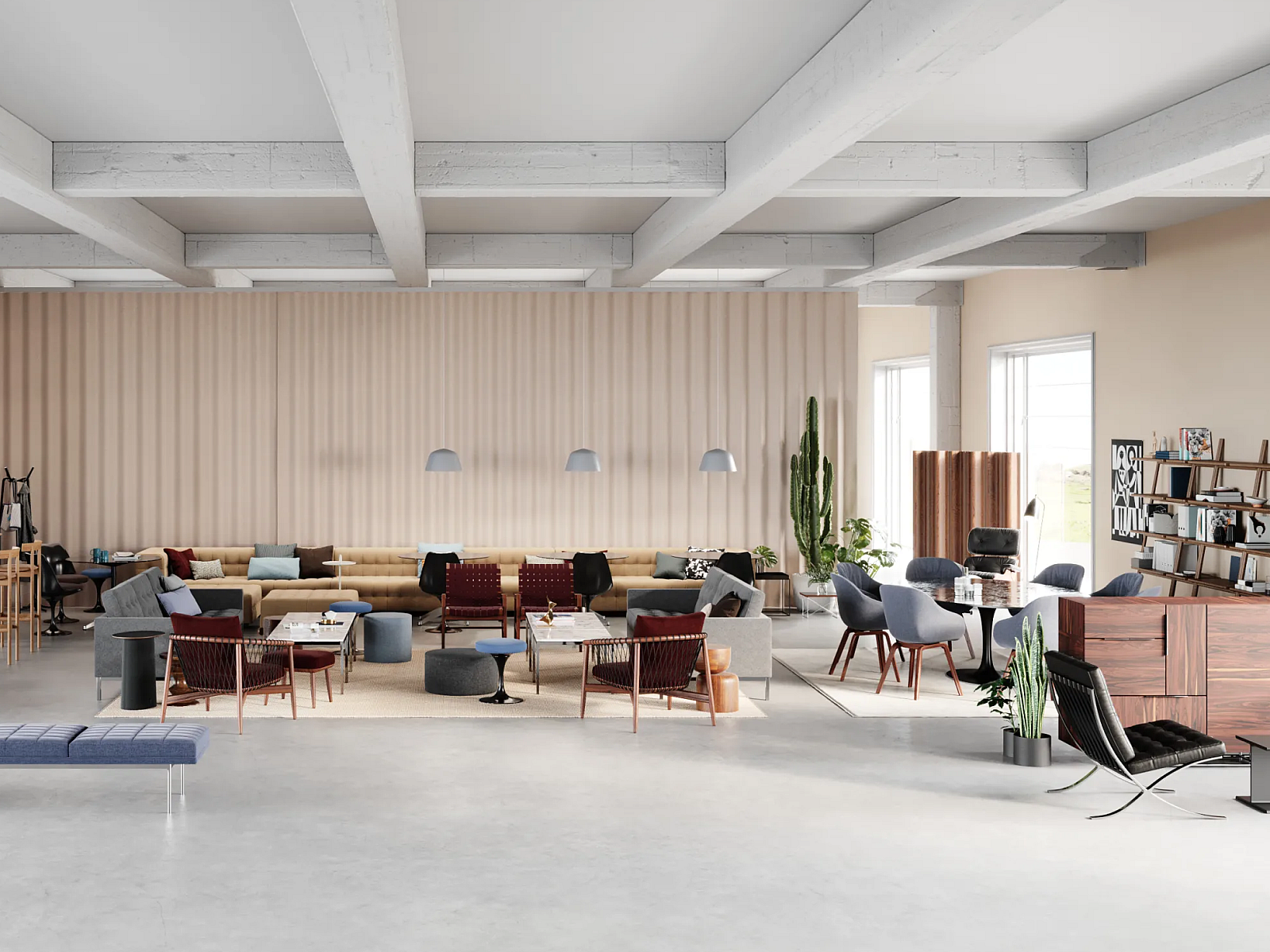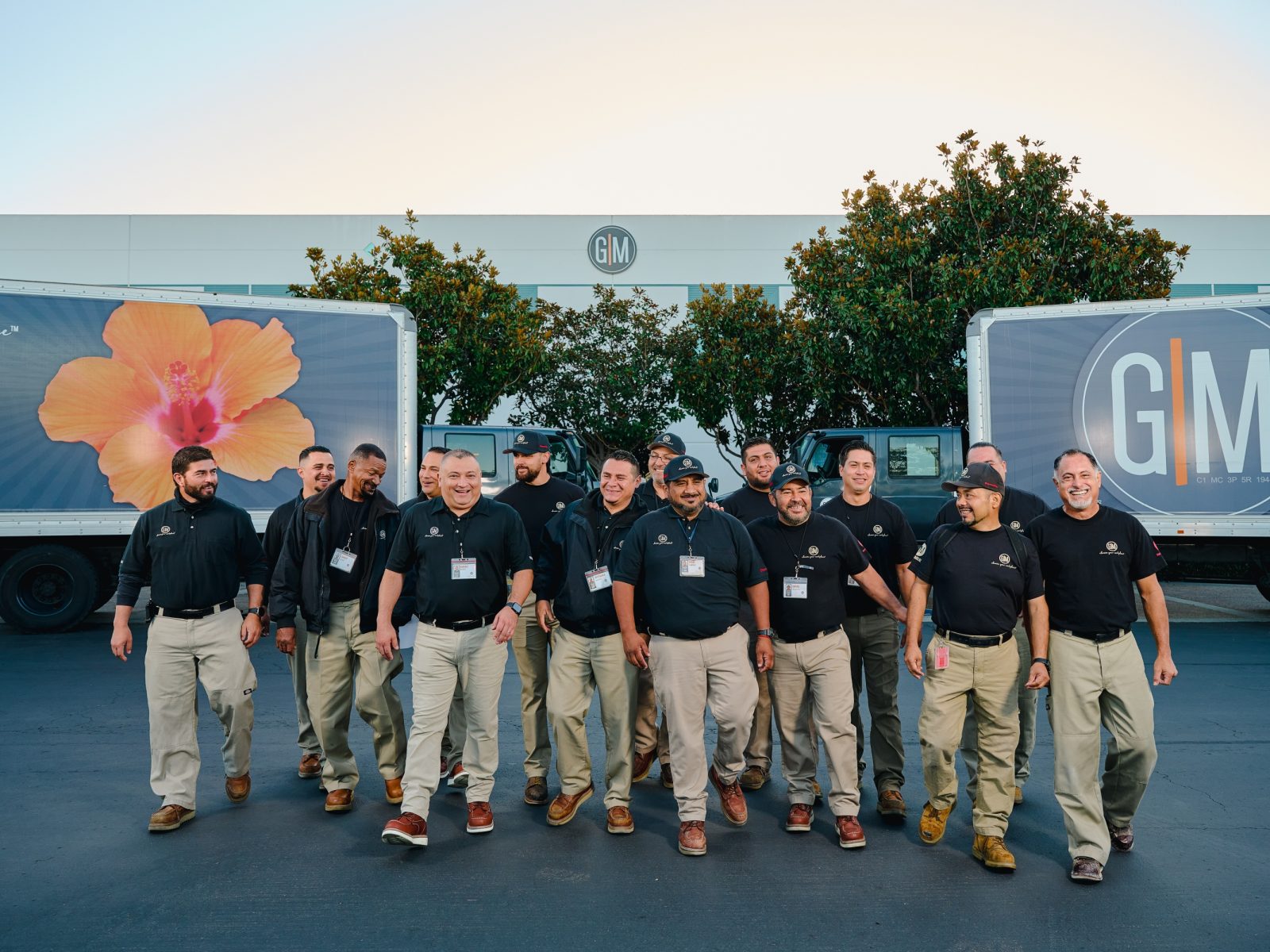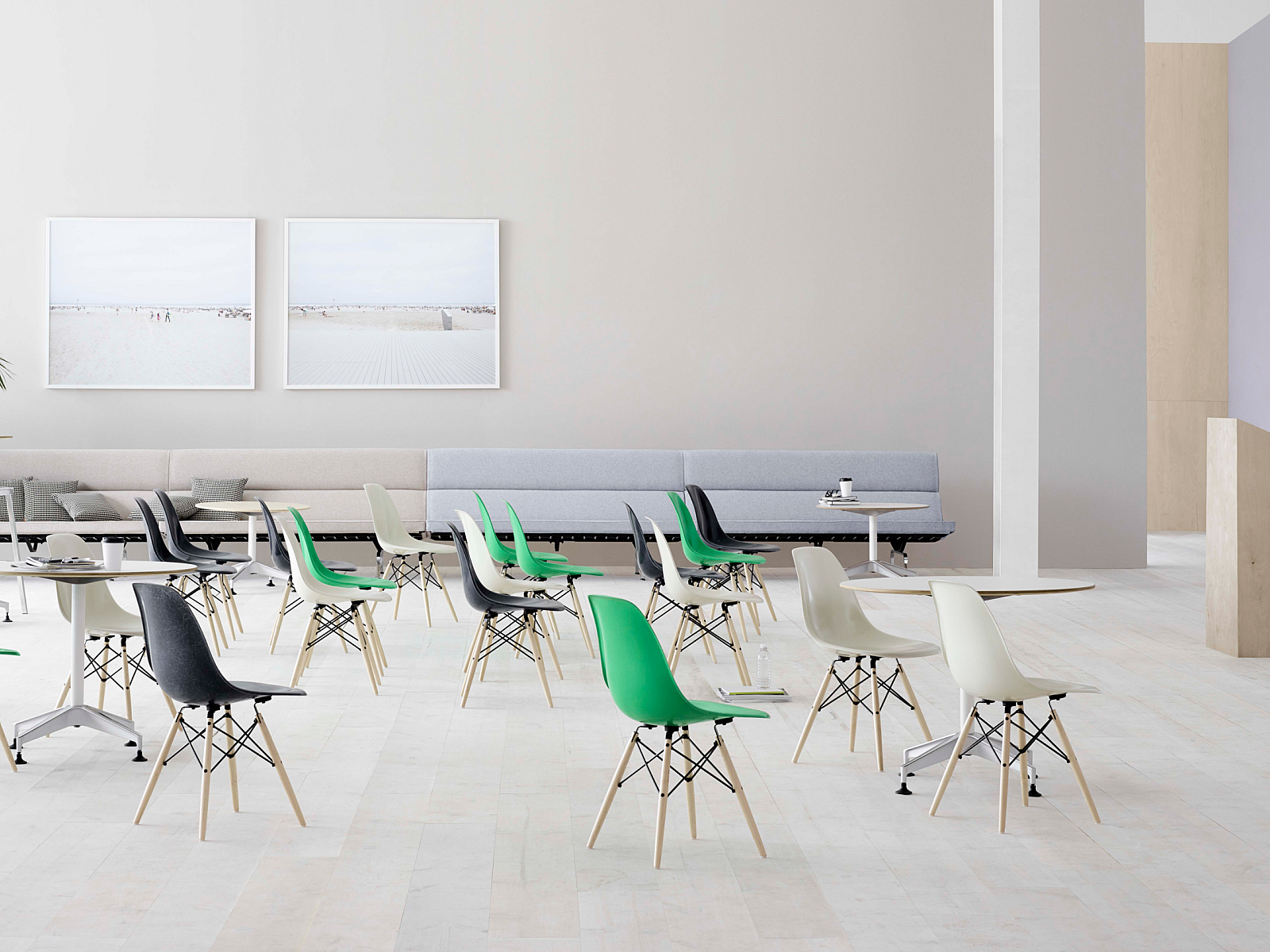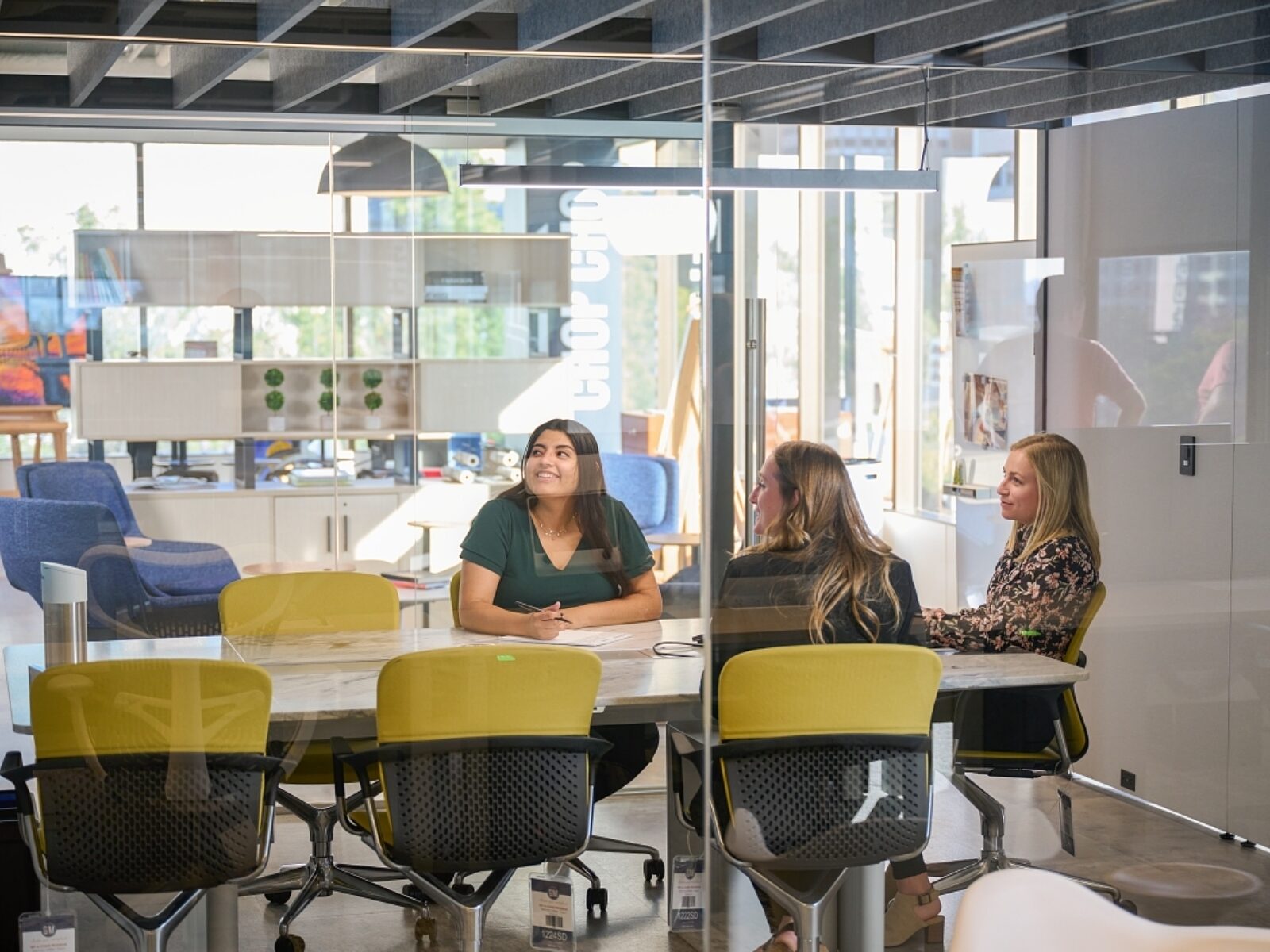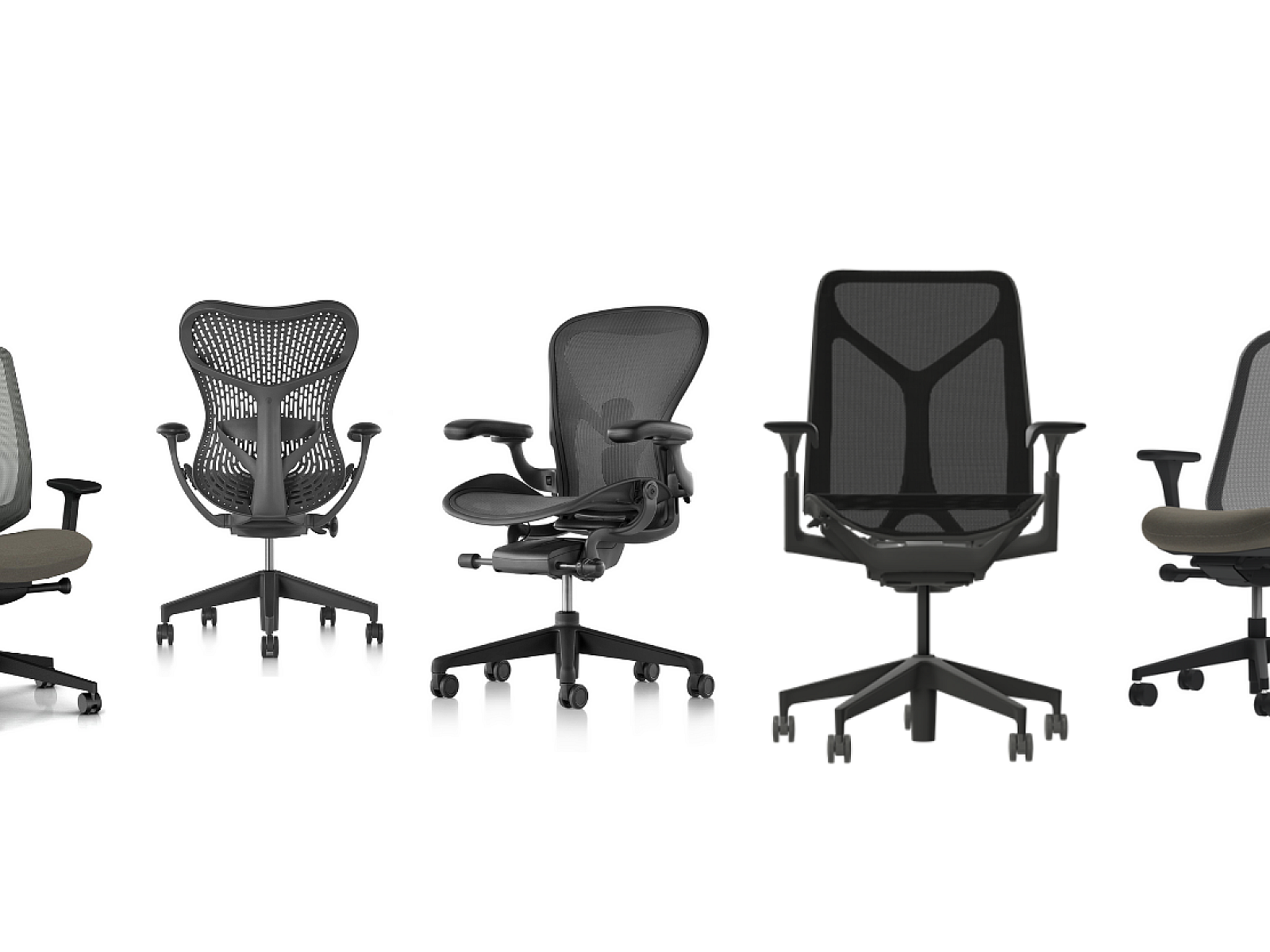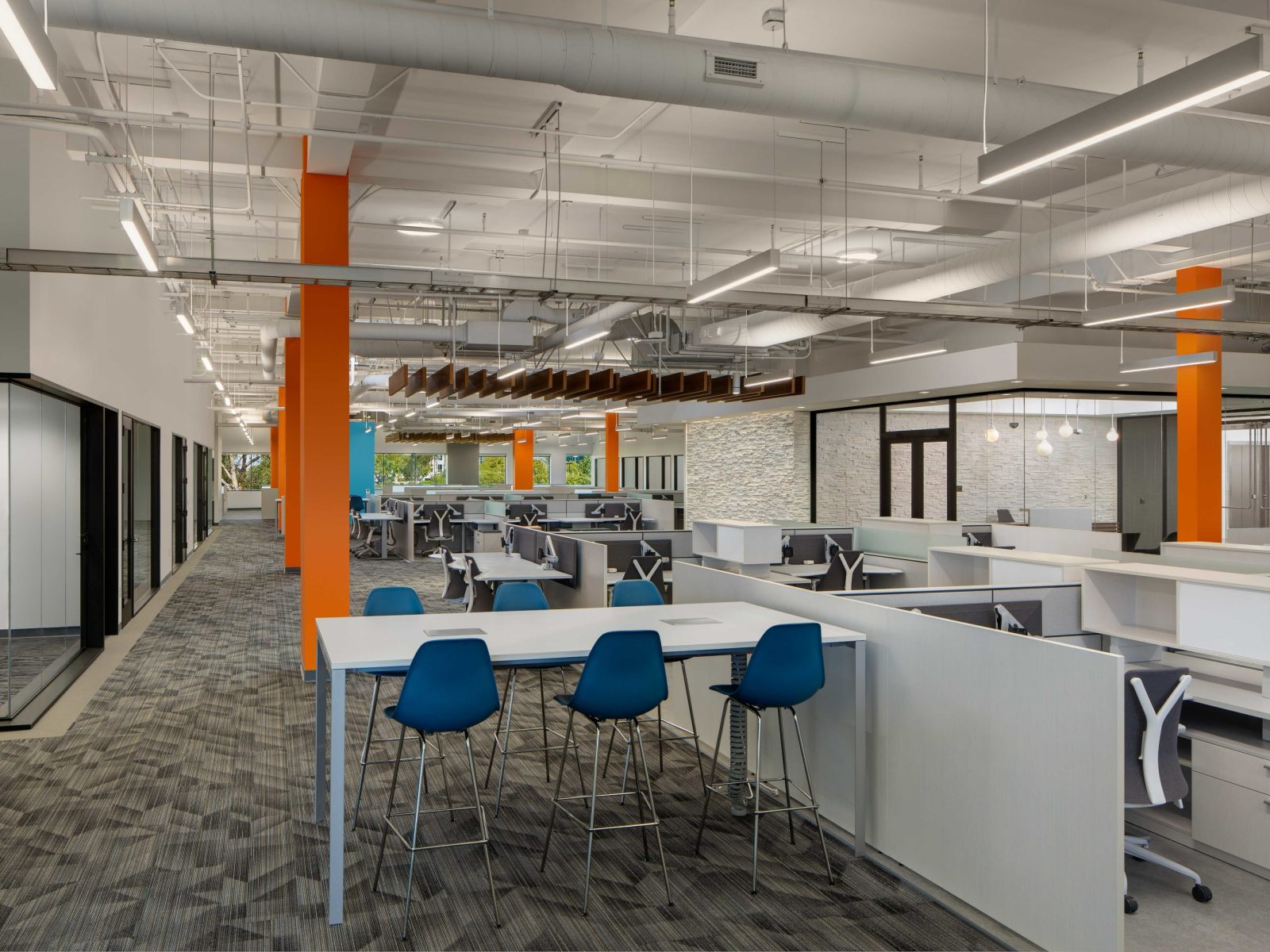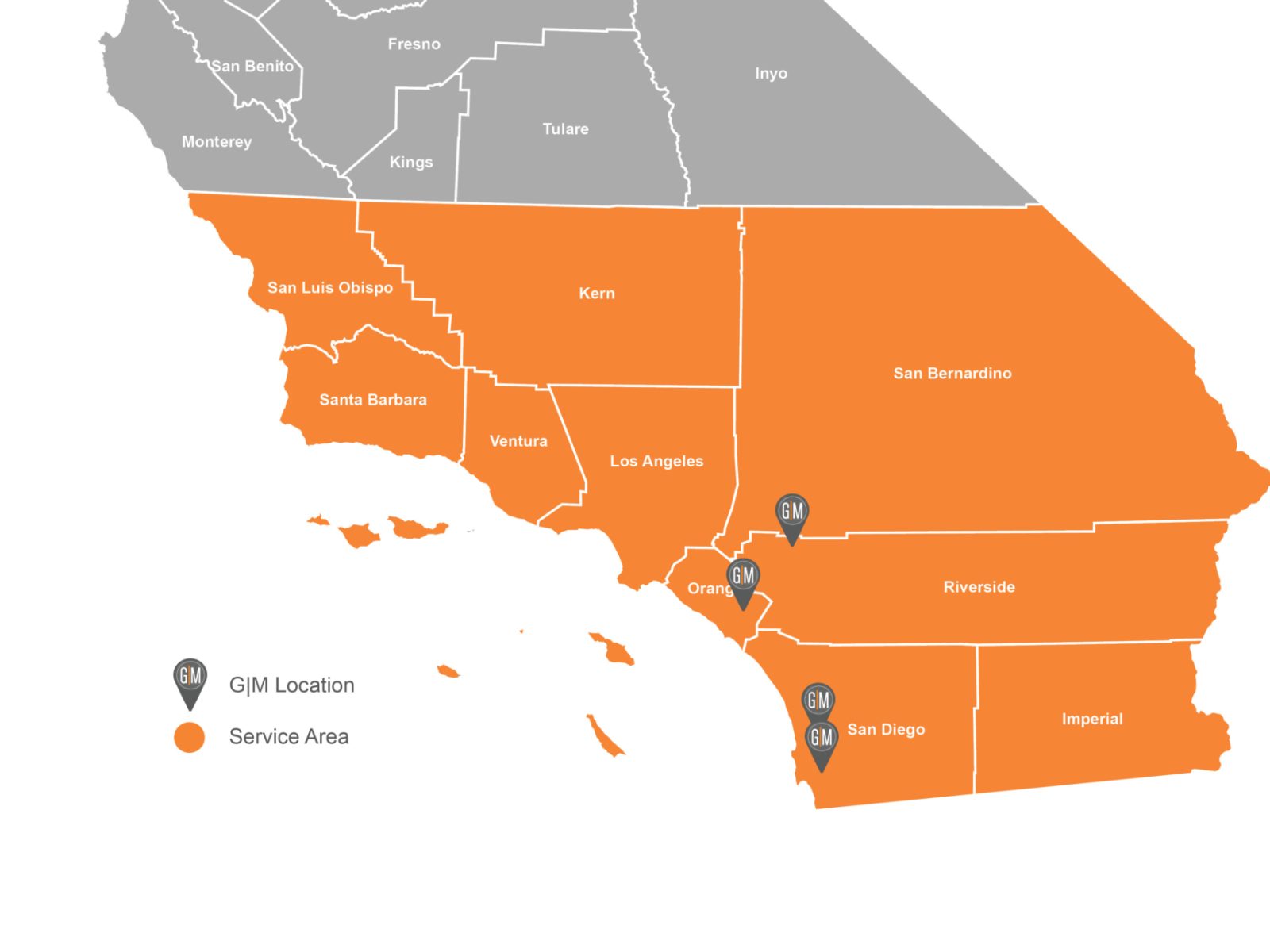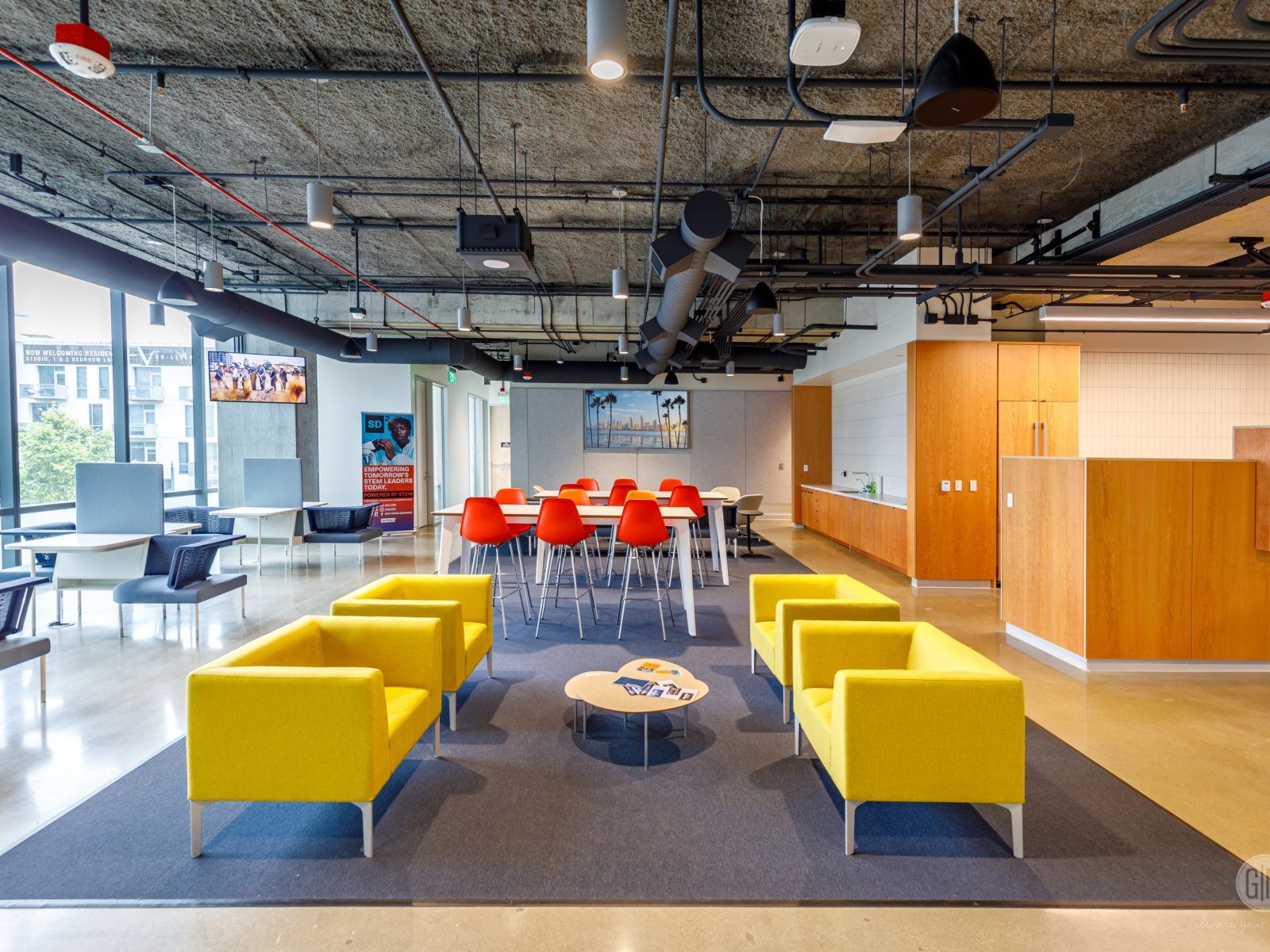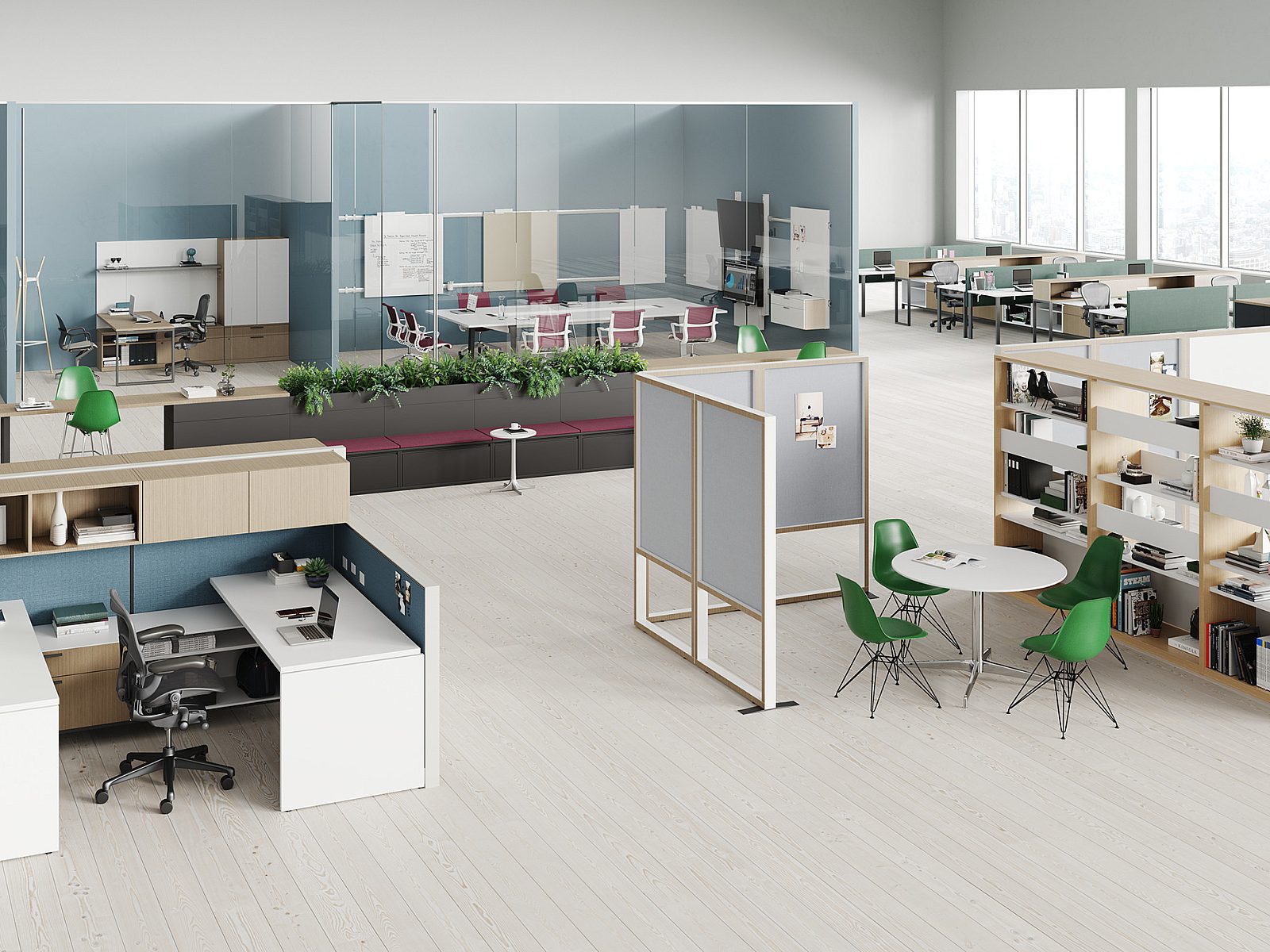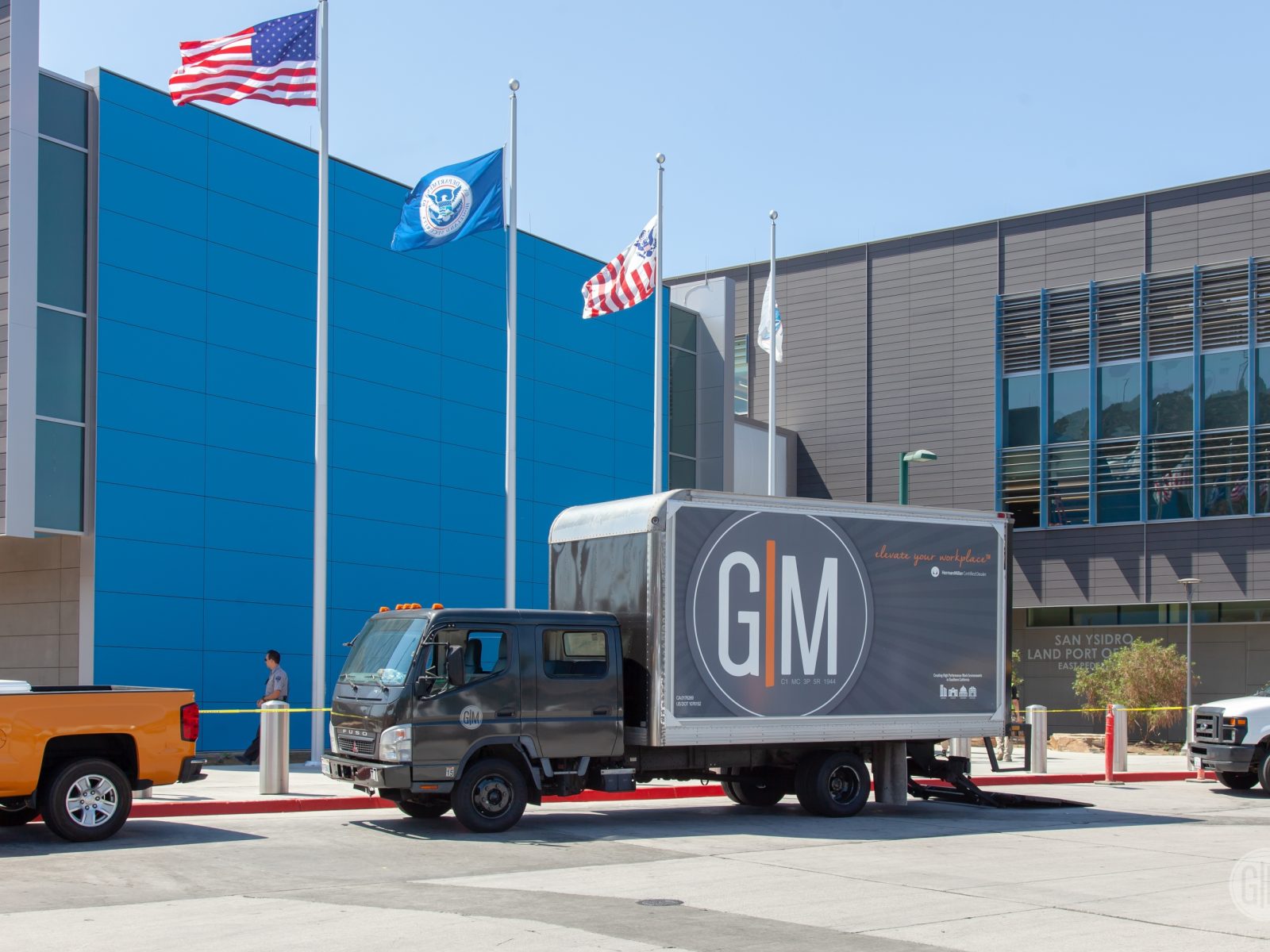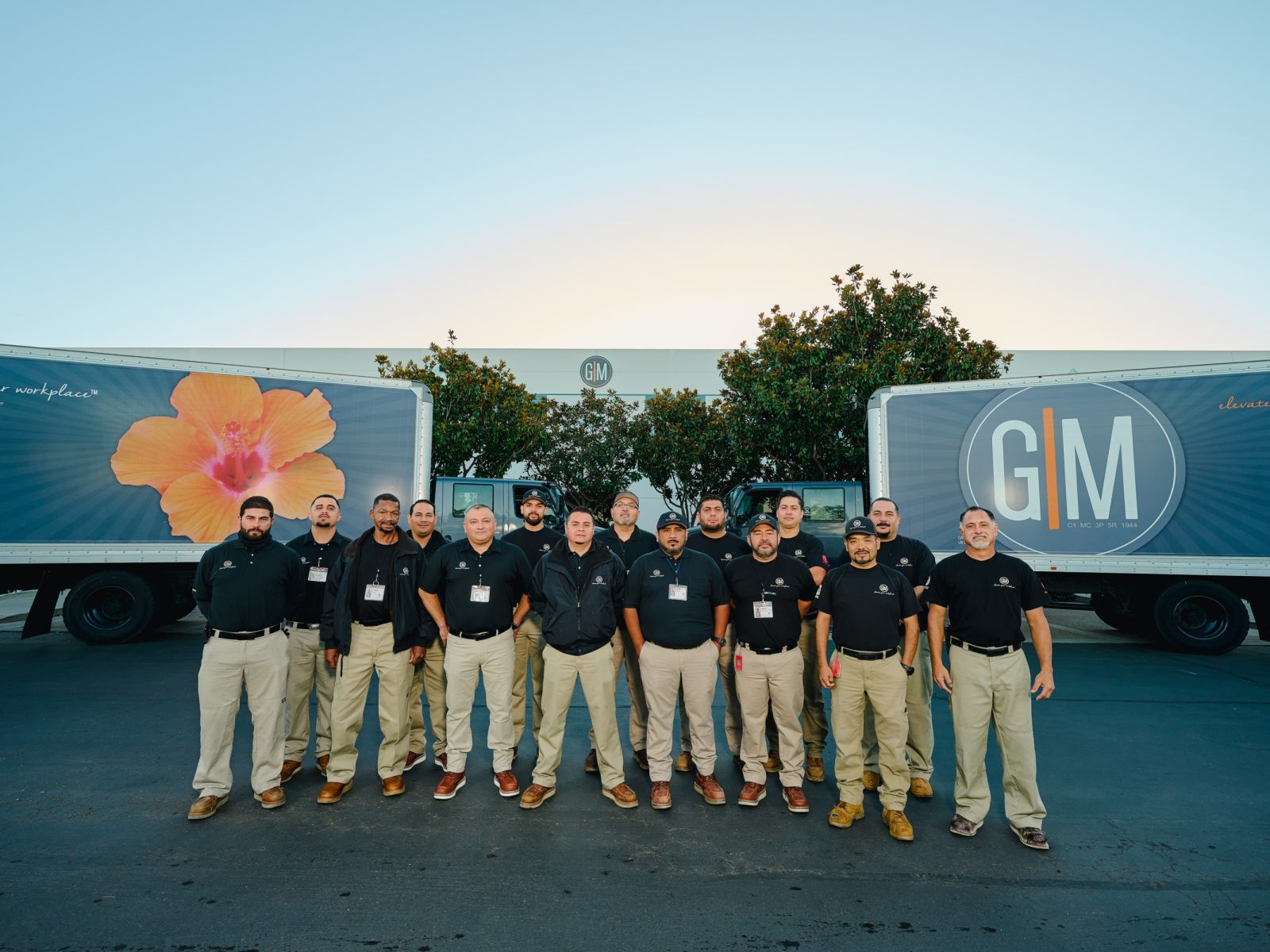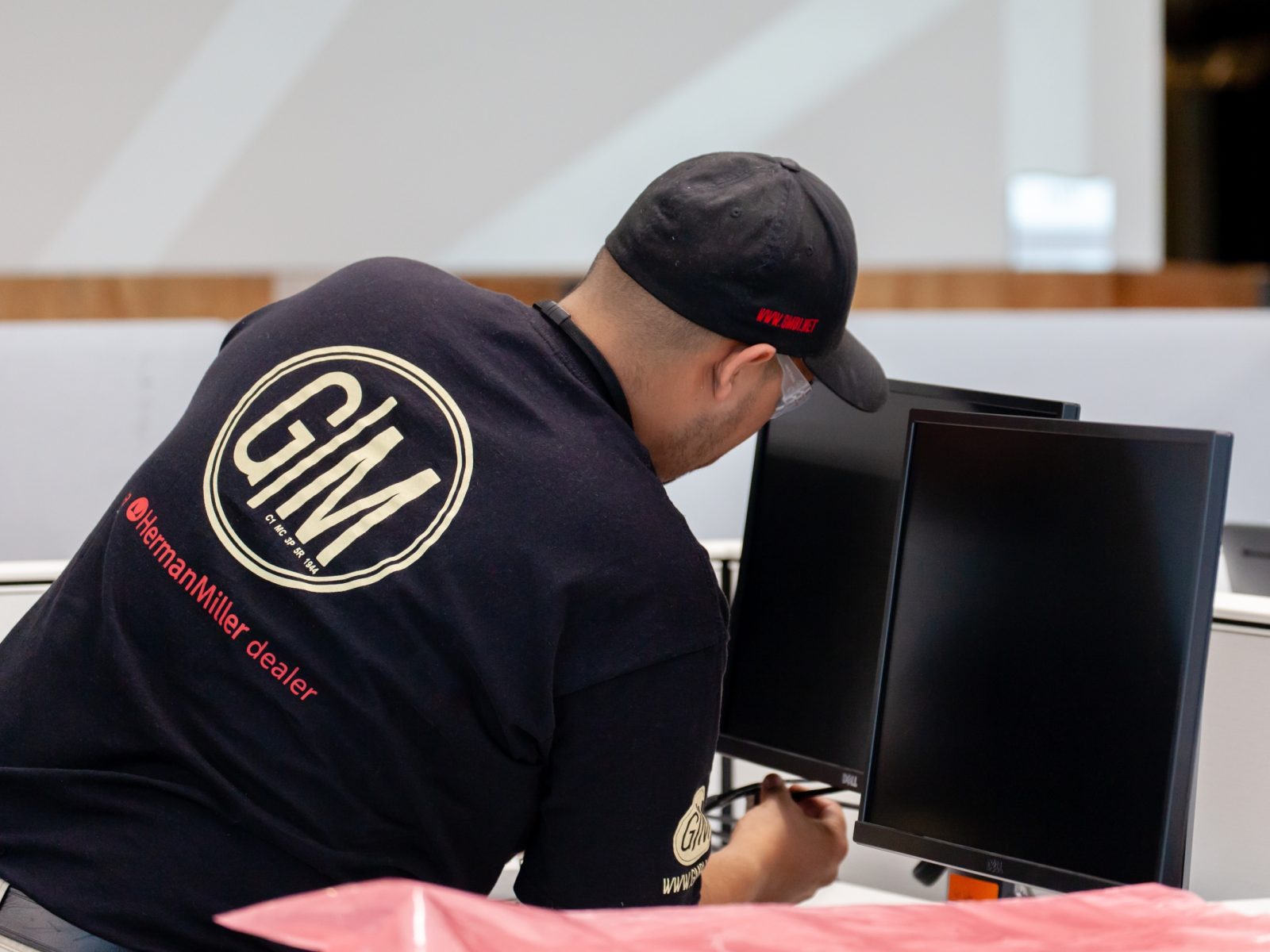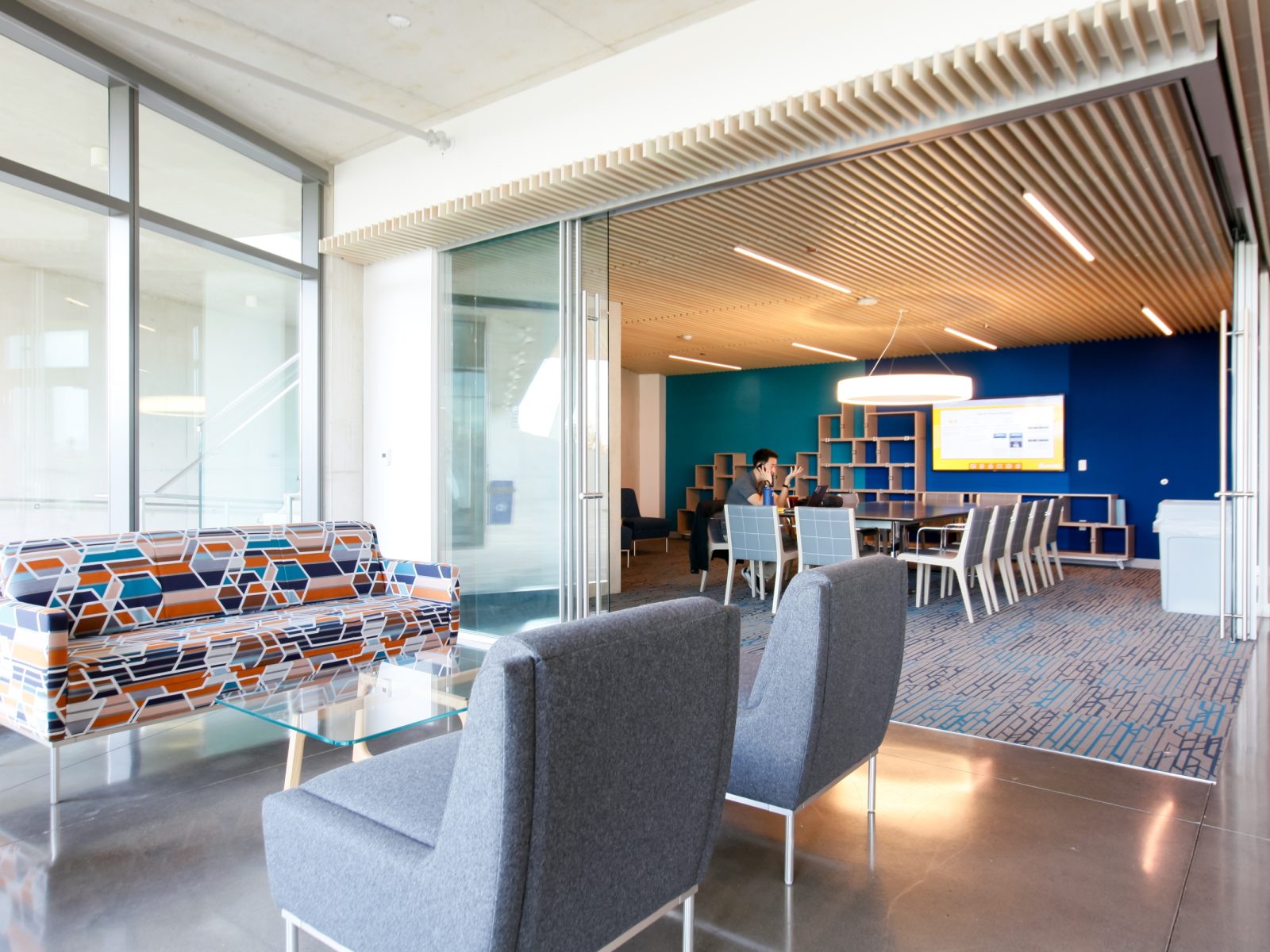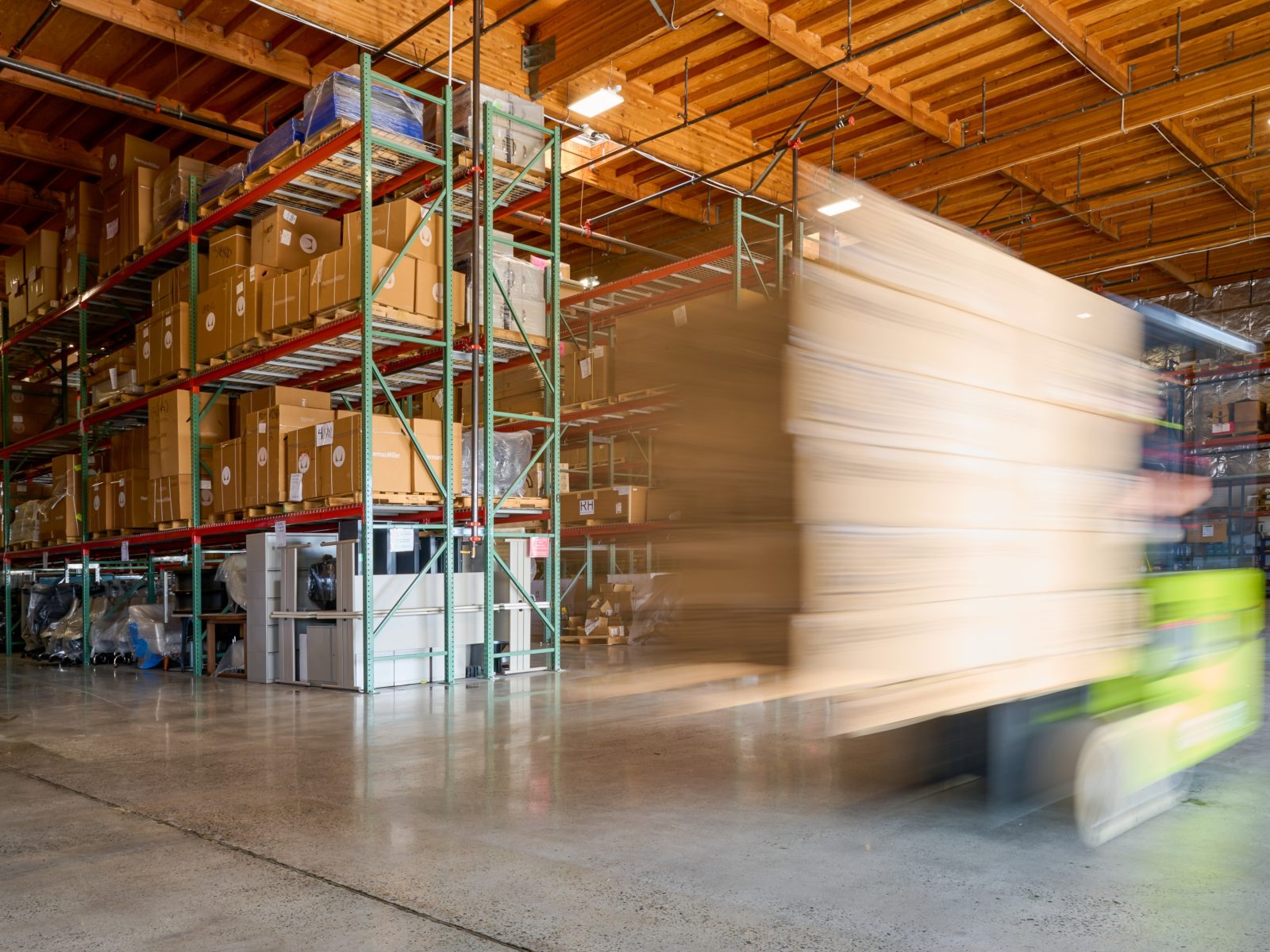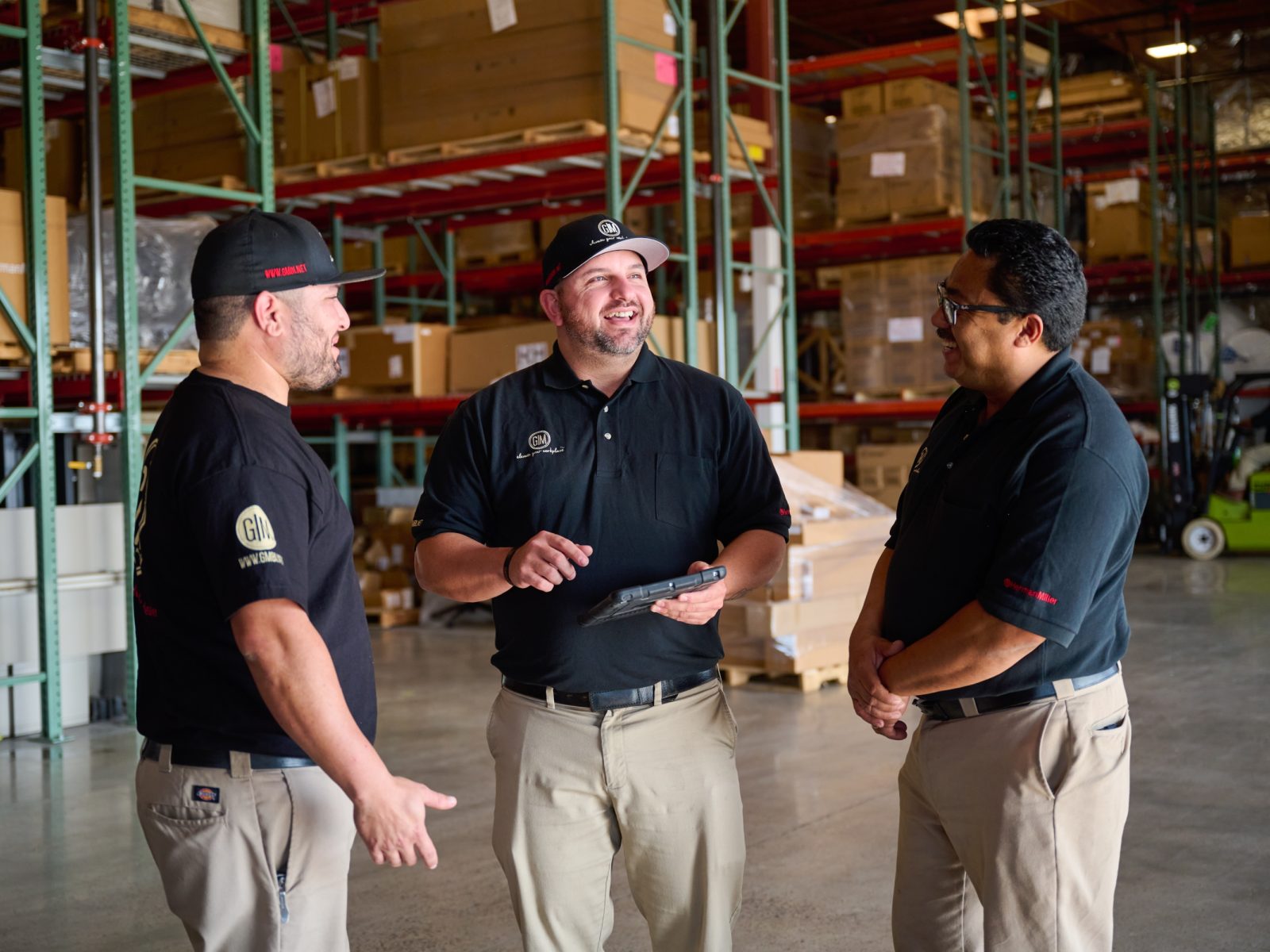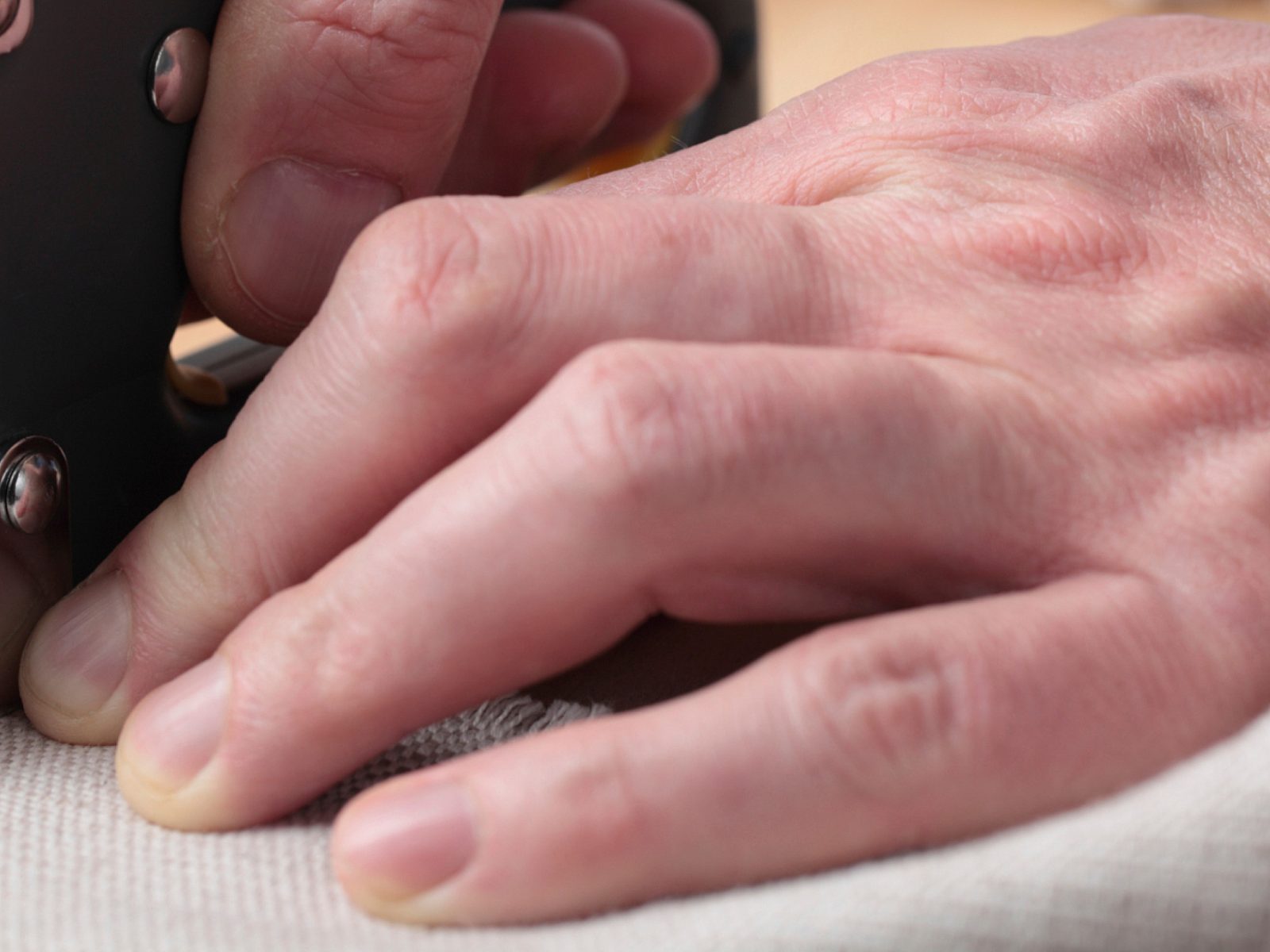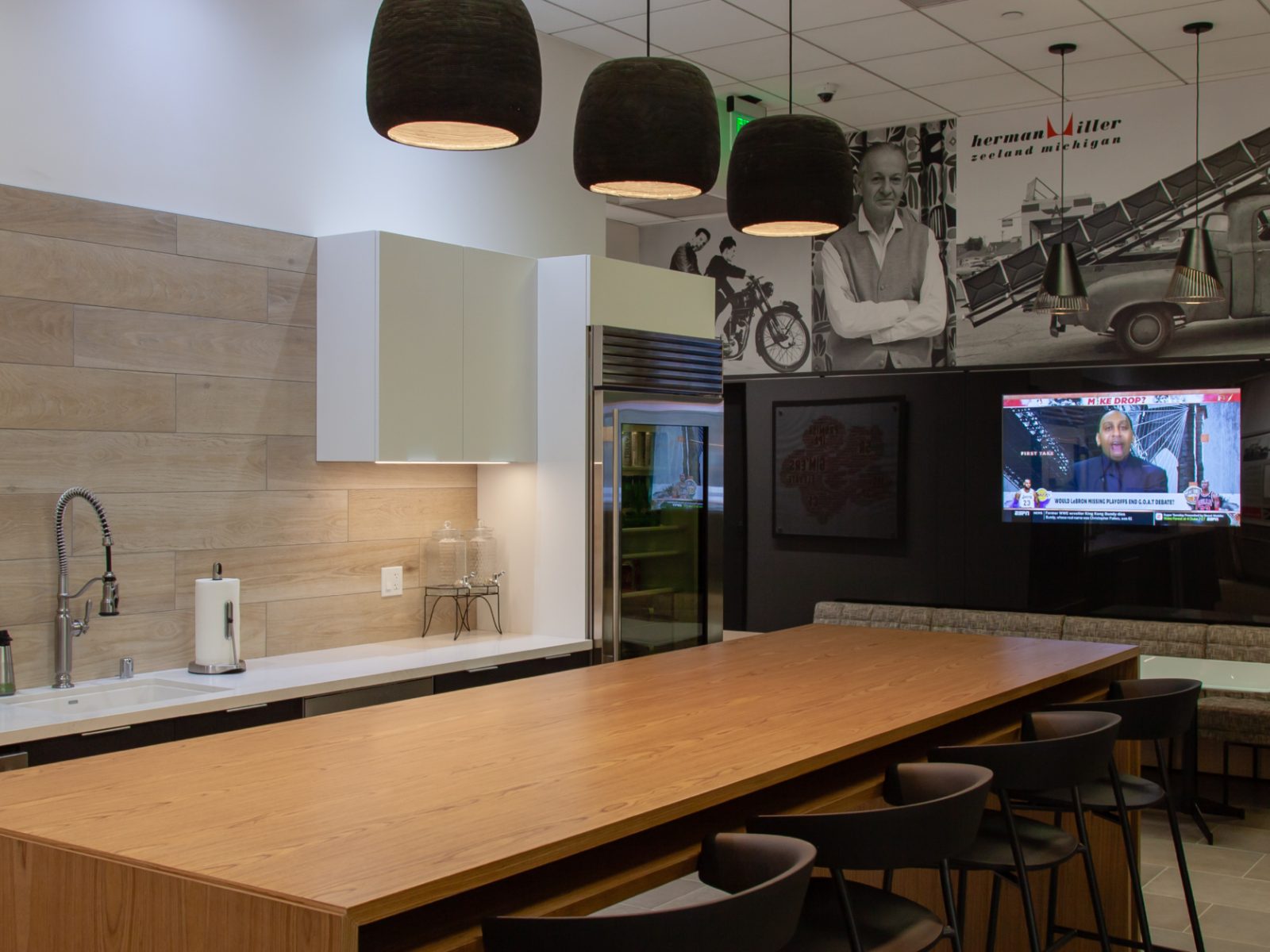NeoCon 2022: Design To Support ‘Untethered Working’ & A Hybrid Future
Double duty furnishings, pivoting desks, and space that can be reconfigured from one task to the next. Here’s how to equip the modern workplace for hybrid teams and untethered workers.

This article was originally published on AllWork.Space
- NeoCon typically informs design and furnishing of workspaces for the coming years, and the emphasis this year was clearly on creating spaces that support a hybrid workplace.
- Given the proliferation of easily customizable furnishings and lush materials, one trend was clear: manufacturers are betting on choice and design to draw workers back to the workplace.
- Knoll’s Carolyn Cirillo attended NeoCon 2022 and shared her top trends and takeaways for Allwork.Space.
Hackable. Hospitable. Humanistic.
The future workplace provides plenty of opportunities to personalize the work setting, as evidenced at NeoCon 2022, the international trade show for the contract marketplace.
The annual gathering of furniture and interiors professionals was in full-scale for the first time since 2019. Products and trends premiered at NeoCon typically inform design and furnishing of workspaces, as well as higher education, healthcare, and hospitality settings for the coming years.
Given the proliferation of easily customizable furnishings in bold colors and lush materials, one trend was clear: manufacturers are betting on choice and design to do what free food, amenities, and mandates have not done — draw workers back to the workplace.
With many employees resistant to return to the workplace, efforts are focusing on helping organizations navigate an environment where uncertainty continues to prevail regarding how offices will be used.
The emphasis this year was clearly on creating spaces that support a hybrid workplace.
For employers, exhibitors showed numerous solutions with high degrees of flexibility, mobility, and agility, and plenty of latitude for current and future reconfigurations. For employees, manufacturers displayed settings with high levels of customization emphasizing the comfort and aesthetics they likely became accustomed to, while working from home for two years.
Double Duty Workspace
Manufacturers’ offerings clearly acknowledged that hybrid work is now the norm and will likely continue to be so, going forward.
“In a concerted effort to future proof an environment where no one can predict longer term usage, spaces and their interior furnishings need to do double duty.” – Carolyn Cirillo
However, the majority of manufacturers at NeoCon were focused on just one space in the workplace ecosystem: the office. While they recognize the need to connect on and offsite workers, little attention was devoted to equipping other spaces in the ecosystem, most specifically home offices or even coworking spaces.

Here are some ways to create a hybrid-friendly workspace with ‘double duty’ furnishings:
- Multipurpose meeting spaces. In a concerted effort to future-proof an environment where no one can predict longer-term usage, spaces and their interior furnishings need to do double duty. For example, private offices were presented in a way that showed an easy flex to meeting room space. This way, the space can accommodate both permanent residents who are only onsite periodically, as well as small group meetings and/or hoteling employees who work primarily in other locations.
- Easy pivots. Lockable storage, movable components, space for extra seating and wall-mounted monitors are some of the ways that spaces are equipped to easily pivot from private focus time to multimodal meeting.
- Creating places with space delineation. Manufacturers clearly understood the dilemma organizations and occupiers face when it comes to planning in the hybrid workplace. Accepting that each organization will likely implement their own policy and expectations for how and when people come into the workplace, they are offering options that allow spaces to be carved out into different uses — even in the same day — using furniture or sub-architectural elements.
- Carving out space. Post-and-beam or similar framing systems that carve out space within an open environment offer a multitude of options for creating a space that’s open, partially enclosed, or fully enclosed. Wall options allow further customization, including textiles, glass fronts, doors, pegboards, magnetic markerboards, tackable surfaces, and even black chalkboards. Bookcases, plants, and storage solutions are also on double-duty to carve out space.
- Creating privacy for the task at hand. In addition to more permanent solutions, users themselves can move and reconfigure the space to carve out more or less privacy for their particular task at hand. Space solutions were extremely lightweight, highly mobile (lots of casters on view), and included options such as portable acoustic screens, markerboards, technology carts, and even workstations that pivoted positions.

- Neighborhood-based planning. As part of the nod toward flexibility and optimizing the user experience, several manufacturers featured the concept of neighborhood-based planning, where a designated space is earmarked for teams but often leaves individual desks unassigned. As a more agile solution, it can support scrum teams who work together for an extended period onsite daily, as well as other departments who might have different people onsite on alternate days. Spaces often featured dedicated storage and work areas to serve as a home base for teams, and smaller, more mobile options for transient day workers.
- Portable power. To support the added mobility, new solutions for portable power were also shown. Examples included technology carts that housed portable power sources; rechargeable batteries that clipped on to a height-adjustable table to power the table, laptop and other accessories; and a mobile speaker/projector combination.
- Small scale laptop tables. Working untethered was a universal theme, and numerous options for small tables that easily pull-up to soft seating to support a laptop were proof of concept. Color and material variations ranged from neutral wood tones to bright options in powder-coated steel. Sizes spanned from the bare minimum to fit a laptop, to generously sized to accommodate a latte and a cell phone as well. Many could be raised and lowered in height with a simple button or lever that activated a hydraulic or pneumatic lift.
- Personal storage solutions. With growing numbers of hybrid workers dropping into unassigned spaces, new solutions premiered to accommodate the storage needs of day workers. Lockers were featured in numerous applications, with options spanning the spectrum from open cubbies to locking mechanisms activated by phone app. In addition to traditional lockers accessed with alpha/numeric combinations, more technologically advanced solutions featuring touch activation or LED lighting that signaled availability were also on view.
New, smaller-scaled solutions were also seen for personal desk-side storage.
For the most basic storage, desks and tables had integrated hooks for hanging purses and backpacks. Open bins that straddle table legs were in abundance for a convenient option to drop a tote or backpack while working onsite, or even angled drawers that open to house a pair of sneakers.
Pedestals were offered in ever-narrower widths and shorter depths, designed to hold only the most minimal items, and with finishes designed to add a pop of color to the work area. Many featured an open top to capture writing utensils, cell phones, notepads and other essentials.
Creating Coziness: Curves, Color and Comfort
Recognizing that many employees are not willing to give up the cozy surroundings they’ve experienced over the last two years, manufacturers presented broad options in soft seating that seek to recreate the comfort and aura of home.
Sofa options came in multiple sizes and shapes, impactful colors and varying levels of firmness. Poufs, ottomans and bean bag variations accommodate an even greater range of postures.

Tables of all types – from utilitarian coffee table to the most luxuriously finished height adjustable conference tables – were featured in all sorts of organic shapes, with lush materiality that ranged from rich veneers to leather trim, luxury marble and stone and everything in between.
Edging on tables and desks was also rounded, with sinuous curves found in all sorts of applications.
While booths and banquettes have grown in popularity in recent years, this NeoCon they were highly visible in multiple work settings in cozy two-person settings to booths that could comfortably seat six or more.
Scandinavian influences were highly visible, with lots of blond wood and muted colors throughout, occasionally mixed with walnut and other wood tones.
Color was visible in a much bigger presence than previous years and found in unexpected places, such as blush and navy-colored beams that carried power or served as a base for furniture systems.
Emphasis on ESG
With the exception of a universally designed phone booth with no step or ledge, little attention seemed to be focused on accessibility, and more on creating equitable meeting experiences for remote and onsite workers.
Tapered tables and rooms set with horizontally arranged seating in various heights were clearly trying to make the onscreen experience equitable for remote attendees.
Similarly, quiet phone booths and meeting rooms were visible to support privacy needs and spontaneous meetings within open office settings. Many had been upgraded with air circulation and acoustic treatments and in a range of sizes.
By far the greatest attention was focused on efforts to achieve sustainability.

Several chair manufacturers presented upholstered options that could be knit to size, generating zero fabric waste. Furnishings that incorporate ocean bound plastics and other recycled materials were presented by numerous exhibitors, as were cradle-to-cradle products and other materials intended to minimize carbon footprint.
- Embracing the great outdoors. Covid brought a newfound appreciation for fresh air and the outdoors, and manufacturers responded with new and updated furniture and accessories that stand up to exterior environments. While battery packs and furniture with integrated power provide new options to work untethered indoors or out, hardy seating and tables were shown that accommodate work and meetings in open air settings. Solutions for sun and glare, such as large-scale umbrellas, were presented by well-established manufacturers from the outdoor space.
- Biophilia basics. Fewer plant walls were observed than past years (though some now offer acoustic properties), but plenty of planters were used as space dividers and other architecture. Similarly, messaging regarding well-being – such as the benefits of greenery and height adjustable desks — was not as evident or hard-hitting as in past years past.
While traffic and excitement may have been up at the annual design showcase, it is clear that supporting the return to office and hybrid work is a work in progress that will continue to unfold over the next few years. In the meantime, manufacturers showed plenty of options to create flexible spaces today despite a future still full of uncertainty.

